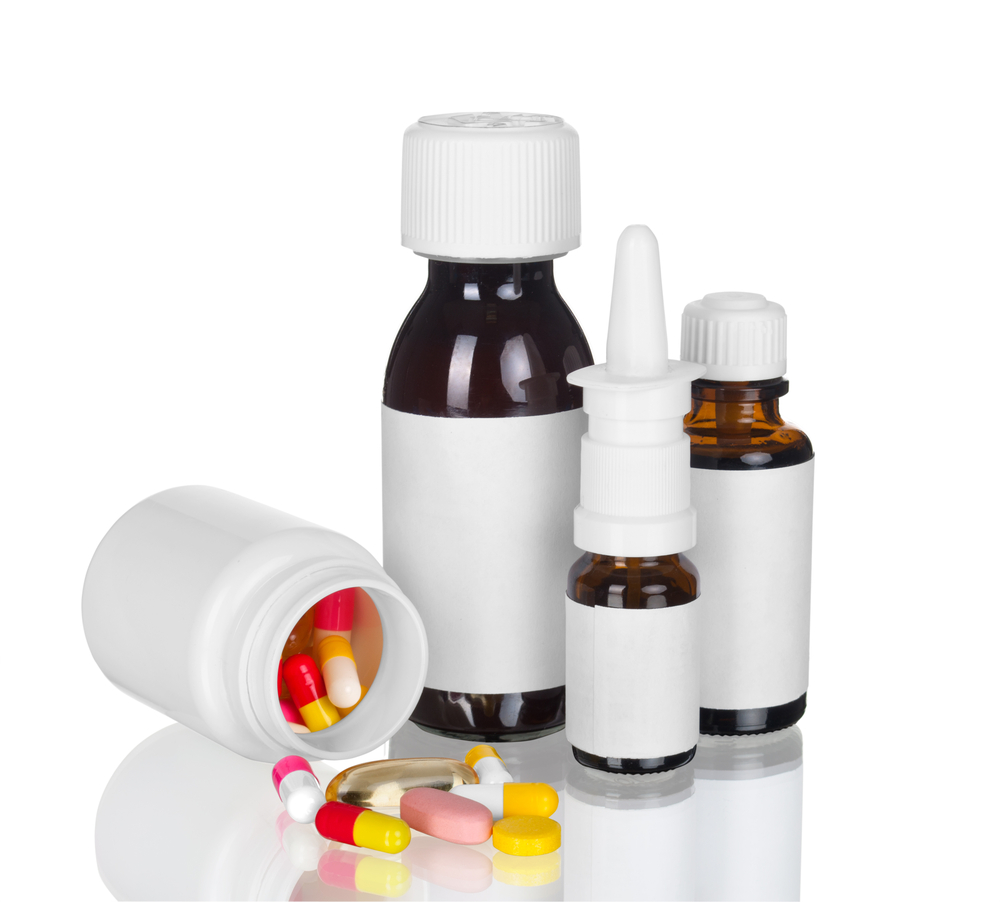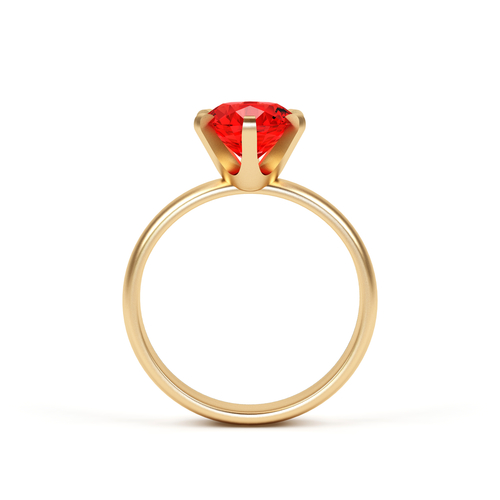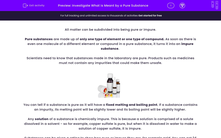All matter can be subdivided into being pure or impure.
Pure substances are made up of only one type of element or one type of compound. As soon as there is even one molecule of a different element or compound in a pure substance, it turns it into an impure substance.
Scientists need to know that substances made in the laboratory are pure. Products such as medicines must not contain any impurities that could make them unsafe.

You can tell if a substance is pure as it will have a fixed melting and boiling point. If a substance contains an impurity, its melting point will be slightly lower and its boiling point will be slightly higher.
Any solution of a substance is chemically impure. This is because a solution is comprised of a solute dissolved in a solvent - so for example, copper sulfate is pure, but when it is dissolved in water to make a solution of copper sulfate, it is impure.
Substances can be given a rating to show how pure or impure they are, for example gold. You can get 24 karat gold, which is 100% gold. Which is pure. But you can also get gold with lower ratings, so 18 karat gold is comprised of 75% gold and 25% other metals, and 9 karat gold is comprised of only 38% gold and the rest other metals.
Impurities can actually be beneficial to a substance.
In the case of gold, 24 karat gold is not super useful as it is very soft and so will wear out quickly. So having a lower karat rating, which is a mixture of gold and other metals, can increase the durability of the jewellery. Mixing different metals with the gold can also vary the colour of the final product, allowing lots of beautiful pieces of jewellery to be created.

Let's try some questions!








